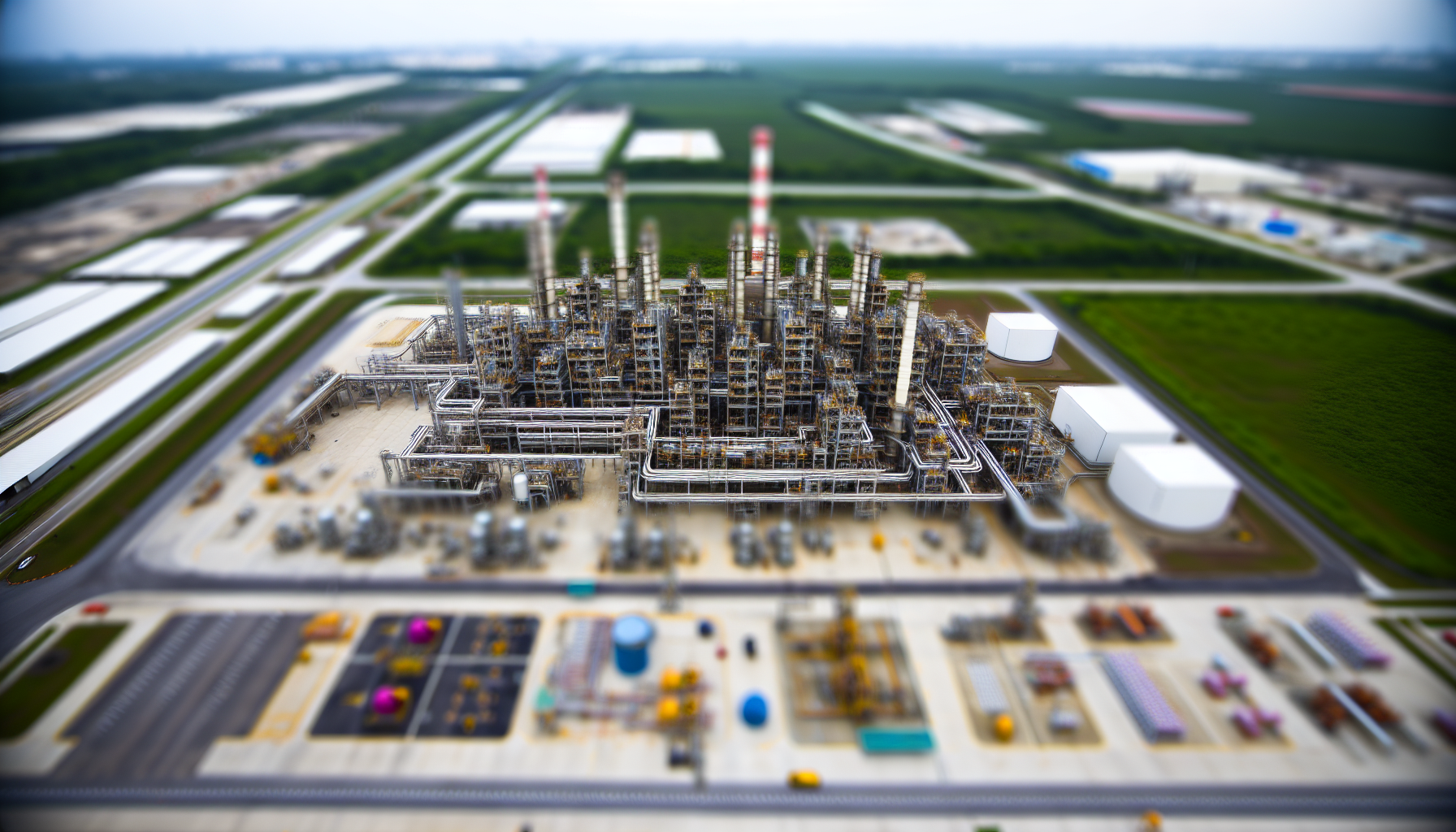Ethylene (C2H4) is widely used in a variety of industrial applications, from the manufacturing of plastics to the ripening of fruits. Despite its usefulness, the potential danger it poses cannot be overstated. It is essential for industry professionals to understand the significance of detecting this gas accurately and promptly, as exposure to ethylene can lead to serious health issues and catastrophic incidents. The purpose of this article is to educate industrial workers on the intricacies of ethylene detection and emergency preparedness, providing the foundational knowledge necessary to protect themselves and their colleagues effectively.
Understanding Ethylene
Properties of Ethylene
Ethylene is a colorless, odorless gas at room temperature. As a hydrocarbon, it consists of two carbon atoms and four hydrogen atoms, making it the simplest alkene. Its flammability makes it particularly hazardous when present in concentrated forms, which can easily lead to explosive atmospheres if not managed correctly. Ethylene is commonly used in various industries, including petrochemical plants where it serves as a critical building block in the production of chemicals like ethylene oxide and polyethylene.
Health Hazards Associated with Ethylene Exposure
The risks associated with ethylene exposure are both immediate and long-term.
- Short-term Effects: Initial exposure to concentrations as low as 200 parts per million (ppm) can lead to respiratory irritation, dizziness, and headaches. Such symptoms highlight the importance of rapid detection to mitigate acute health risks and facilitate swift response.
- Long-term Health Risks: Prolonged exposure has been linked to more severe health issues, including reproductive difficulties and potential carcinogenic effects. The cumulative dangers of continuous exposure underscore the necessity for effective emergency gas detection solutions tailored to ethylene safety.
Challenges in Ethylene Detection
Detection Limitations
- Low Concentration Sensitivity: Accurately detecting ethylene becomes particularly challenging at low concentrations, specifically below 10 ppm. Current technologies may struggle to provide reliable readings at these levels, where timely alerts are crucial for preventing health hazards and accidents.
- Environmental Factors Affecting Detection: Detection accuracy is also influenced by environmental conditions. Fluctuating temperature and humidity can skew sensor readings, leading to false negatives in safety-critical environments. These inaccuracies could exacerbate the risk of unsuspected ethylene build-up, especially when operational visibility decreases or in confined spaces.
Knowledge Gaps Among Professionals
A concerning gap in knowledge exists among workers regarding the safe handling of ethylene and the use of detection systems. Many personnel lack training on the proper functioning and maintenance of gas detection equipment, limiting their ability to respond effectively to potential leaks or emergencies.
Inadequate Emergency Preparedness Protocols
Furthermore, many industrial facilities have not developed comprehensive emergency preparedness plans specifically tailored to the unique risks posed by ethylene. This inadequacy can lead to uncoordinated responses during emergencies, increasing the likelihood of accidents and exposing workers to hazardous conditions.
Solutions for Effective Ethylene Detection
Implementing Advanced Gas Detection Systems
Addressing the challenges of ethylene detection begins with the adoption of advanced gas detection systems. Real-time monitoring provides critical advantages, allowing for immediate action in response to gas leaks. Research indicates that these systems can reduce response times to ethylene releases by as much as 30%, enhancing safety outcomes significantly in industrial settings. Key features to prioritize when selecting gas detection technologies include multi-gas capabilities, alarms that trigger at various concentration levels, and data logging for compliance monitoring. Prioritizing real-time feedback allows workers to respond before hazards escalate, essential when dealing with toxic gases like ethylene.
Regular Training and Education for Personnel
To complement technological advancements, ongoing training for employees is vital. Safety protocols and detection techniques must be a regular part of training programs. Workers need to understand the health impacts of ethylene exposure and be proficient in using detection equipment. Regular sessions emphasizing exposure thresholds, such as the critical 200 ppm, ensure that staff is well-trained for early intervention. Furthermore, conducting semi-annual emergency drills allows personnel to practice established protocols, ensuring familiarity and efficiency in response during actual emergencies.
Developing and Following Robust Emergency Response Plans
A well-defined emergency response plan elevates workplace safety. Clear communication is crucial, allowing all personnel to understand the procedures and actions required in the event of an ethylene leak. Essential components of an effective response plan include designated evacuation routes and procedures tailored to the flammable and toxic characteristics of ethylene, particularly in areas where concentrations may exceed 10 ppm. Establishing these protocols not only prepares workers for potential incidents but also fosters a culture of safety awareness.
Best Practices for Ethylene Safety
To further bolster ethylene safety in the workplace, several best practices should be adopted. Routine maintenance and calibration of detection equipment ensure optimal performance and reliability. Integrating multiple gas detection technologies can provide a comprehensive safety net against various hazards. Finally, fostering a culture of safety awareness among all staff—encouraging vigilance and proactive communication—can significantly mitigate risks associated with ethylene exposure.
Interscan: A Comprehensive Solution
Interscan stands at the forefront of gas detection technology, providing tailored solutions for detecting toxic gases like ethylene. Their range of fixed-point and portable detection devices employs electrochemical sensors, delivering real-time readings and trace-level detection capabilities. Notably, Interscan’s innovative ‘Interchange Sensor’ facilitates quick exchanges, enhancing operational efficiency. Through robust training support and cutting-edge systems, Interscan empowers industry professionals with the essential tools to elevate safety standards, ensuring preparedness in emergency scenarios.
Effective ethylene detection requires a combination of advanced technology, ongoing training, and robust emergency response strategies. By focusing on real-time monitoring, education, and thorough planning, industries can enhance safety and minimize risks effectively.


